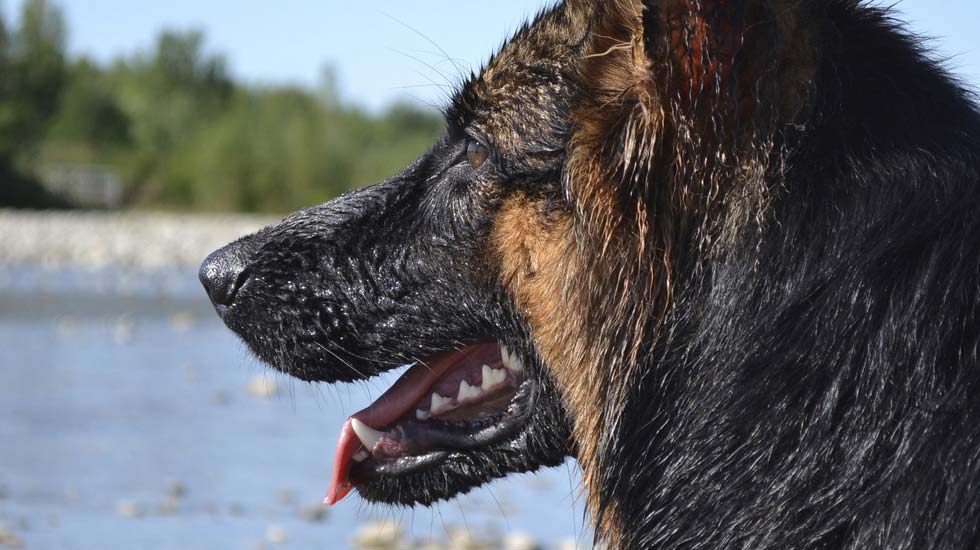Cryptococcosis is a fungal infection which is caused by Cryptococcus neoformans. Dogs which have acquired the infection usually suffer from severe problems that affect the central nervous system. The causative agent thrives well in soil and droppings of wild and domesticated pigeons. The feces of pigeons possess high levels of creatinine which creates a favorable environment for the fungus to flourish and survive.
The disease is transmitted through inhalation of infective spores. These spores can enter the body through cuts in the skin. Most cases of Crytpococcosis are found in cats but humans can also be infected. Dogs which are prone to the infection include those with compromised immune systems.
Cryptococcosis in dogs has been commonly observed in young adult dogs. Although it can affect any breed of dog, the cocker spaniel, Labrador retrievers, Doberman pinschers, and great danes appear to be more prone to the disease compared to other breeds.
Upon inhalation, the fungal spores take residence in the respiratory tract and even in the lungs. In many healthy dogs, the fungus stays in the lungs without creating any problem however in weak animals or those with poor immune systems as a result of disease or of excessive use steroids, the disease can progress into an advanced state which is a systemic disease characterized by pneumonia, granulomas, and other systemic symptoms.
A high percentage of infected dogs manifest neurological signs while others have vision problems, severe weight loss, and skin lesions. Other symptoms include fever, cough and nasal discharge. Lesions can be found in the nasal cavity of the dog. Aside from the respiratory system and the nervous system, Cryptococcus neoformans can affect the heart, muscles, bones, prostate, pancreas, tonsils, thyroid and adrenal glands.
There are many ways to successfully diagnose Cryptococcosis infection in dogs. The causative agent exists in large numbers in the nasal discharge and/or skin lesions and can be seen when examined under the microscope. Your veterinarian may conduct a latex agglutination test which is a type of blood test to identify the fungus. Fungal culture and/or biopsies can also be performed to identify the causative agent.
The treatment regimen involves the use of oral itraconazole or ketoconazole. It involves long term therapy that may take several months. If there is a recurrent infection, the underlying problem should also be addressed to successfully treat the infection.
There is no available vaccine which can protect your pet from Cryptococcosis. The best way to prevent infection is to keep your pets away from areas where the causative agent is endemic.

 Common Household Hazards For Dogs
Dogs have an inquisitive nature. It
Common Household Hazards For Dogs
Dogs have an inquisitive nature. It
 The Best Dry Dog Foods for Nutrition
The Best Dry Dog Foods for Nutrition
T
The Best Dry Dog Foods for Nutrition
The Best Dry Dog Foods for Nutrition
T
 Dog Constipation: Causes, Diagnosis, and Treatment
Constipation refers to an inability
Dog Constipation: Causes, Diagnosis, and Treatment
Constipation refers to an inability
 Be Proactive if Your Dog Gets Lost
What to Do When Your Dog Goes Missi
Be Proactive if Your Dog Gets Lost
What to Do When Your Dog Goes Missi
 Easing a Dog’s Passing
Weighing the Decision to Euthanize
Easing a Dog’s Passing
Weighing the Decision to Euthanize